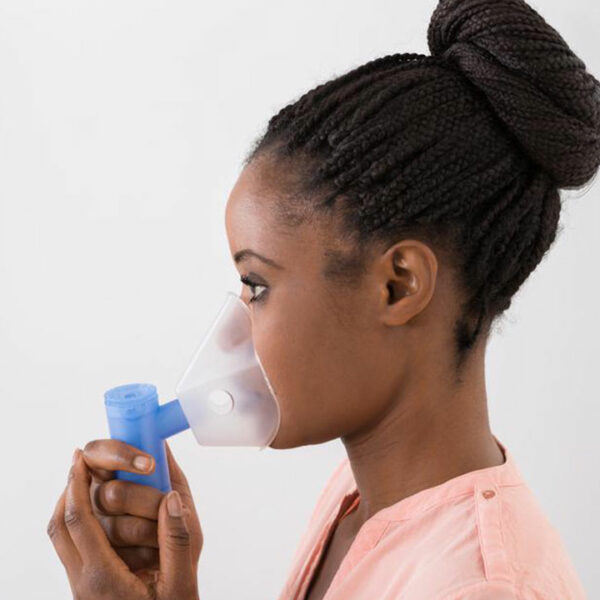
Five effective ways to prevent HIV AIDS
There is neither a vaccine for HIV prevention for a permanent cure for AIDS. However, it’s possible for people to protect themselves and prevent the risks of having HIV infection from others. In spite of the availability of effective HIV treatment and medications, when it comes to AIDS, prevention is always better than cure. Below are some of the most effective HIV/AIDS prevention ideas. Test the HIV status : Anyone who falls within 13 to 64 years of age must opt for HIV test, at least once in their life. Plus having one’s partner undergo an HIV test can also help in the prevention of this virus inflicted infection. However, if found infected, one must opt for the appropriate therapy HIV treatments offer to prevent the virus from growing further. Evade any contact with infected blood : Since direct contact with HIV-infected blood is the most common way of HIV spread, one needs to be careful about it and go for timely HIV treatment in the case found HIV-affected. Whether it’s an open wound or during blood transfusions, one must stay vigilant about never coming into contact with infected blood. Be careful with used needles : In the present times, there are some HIV treatment guidelines as well as prevention practices available to people.









